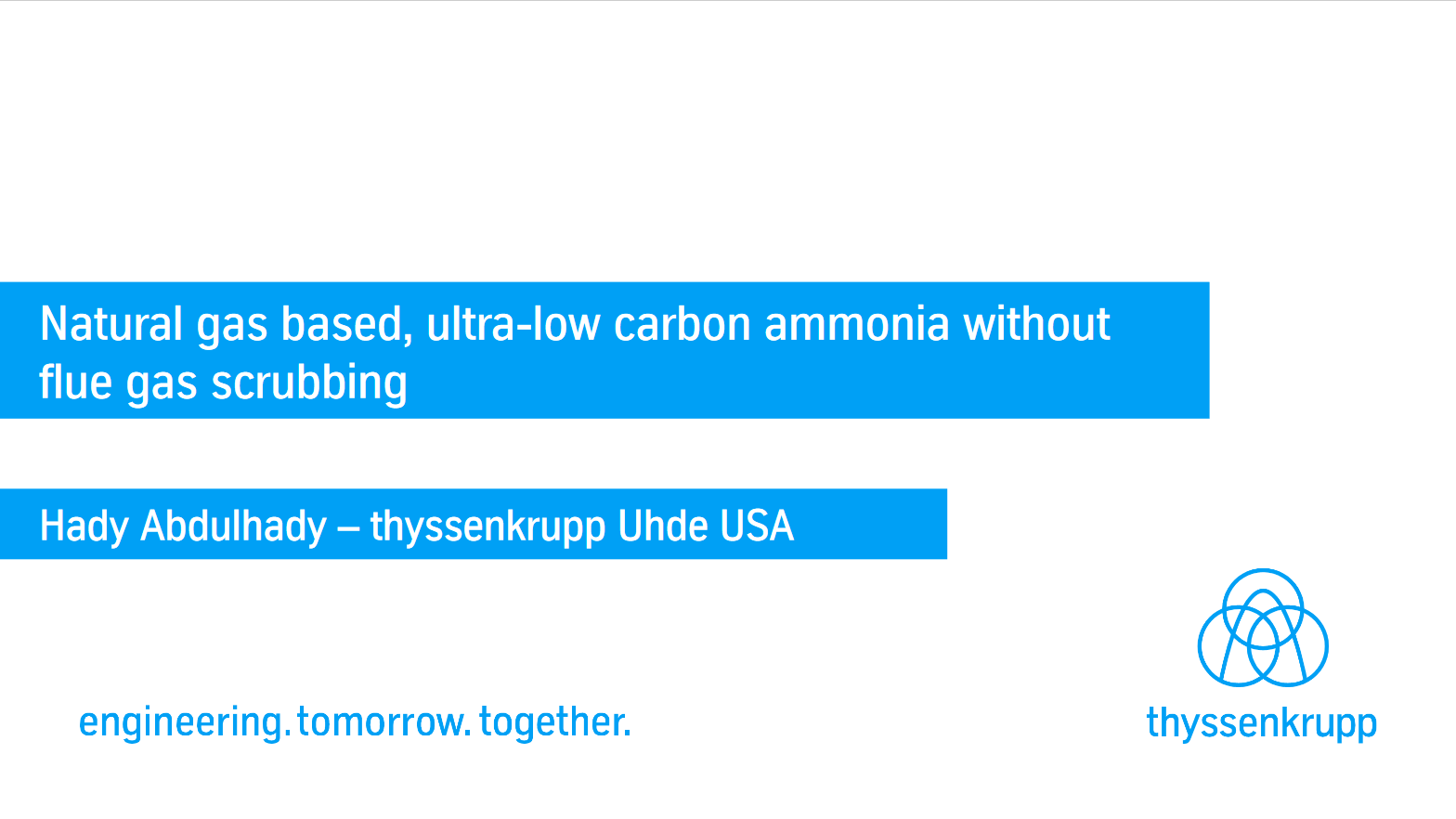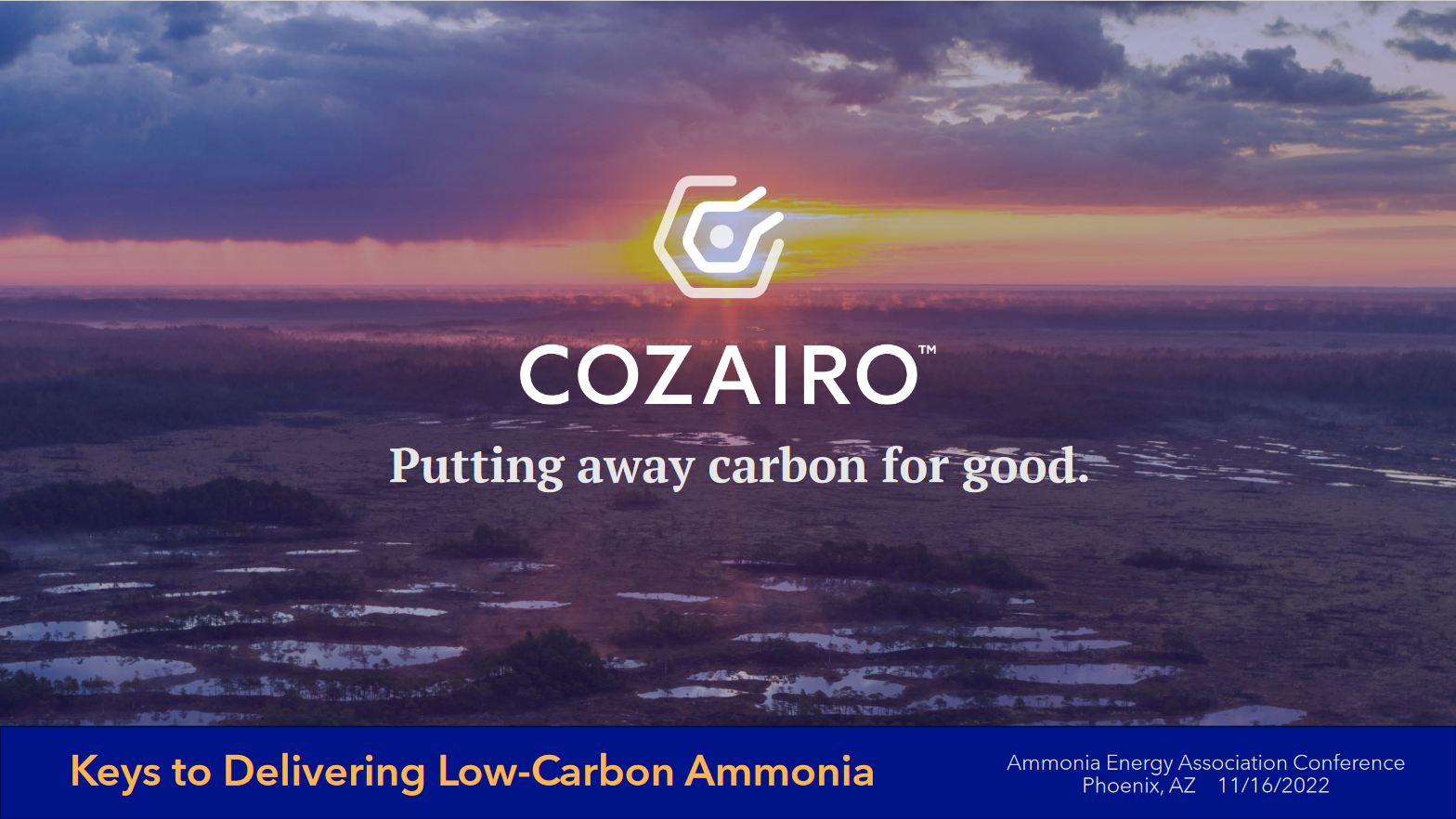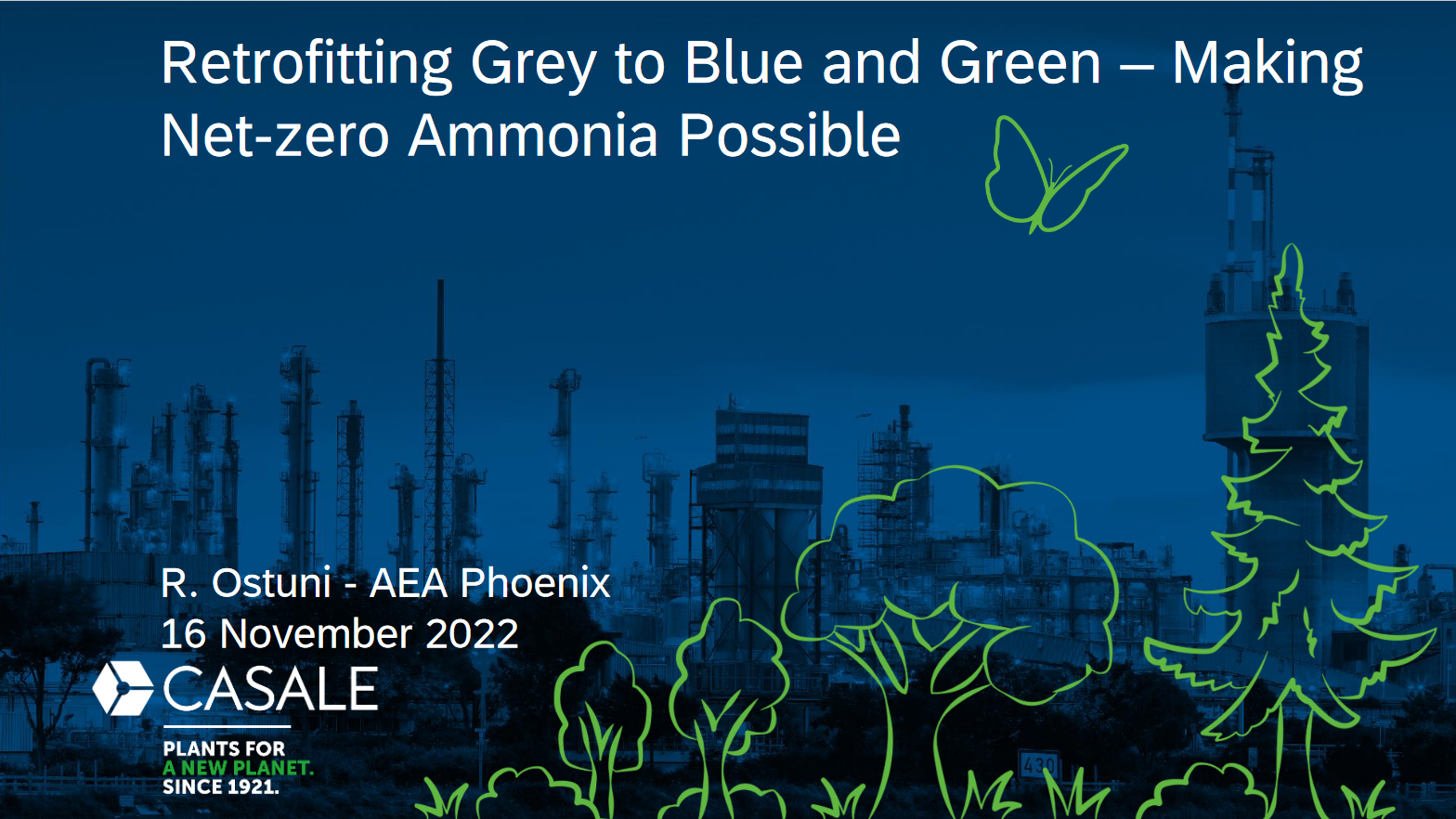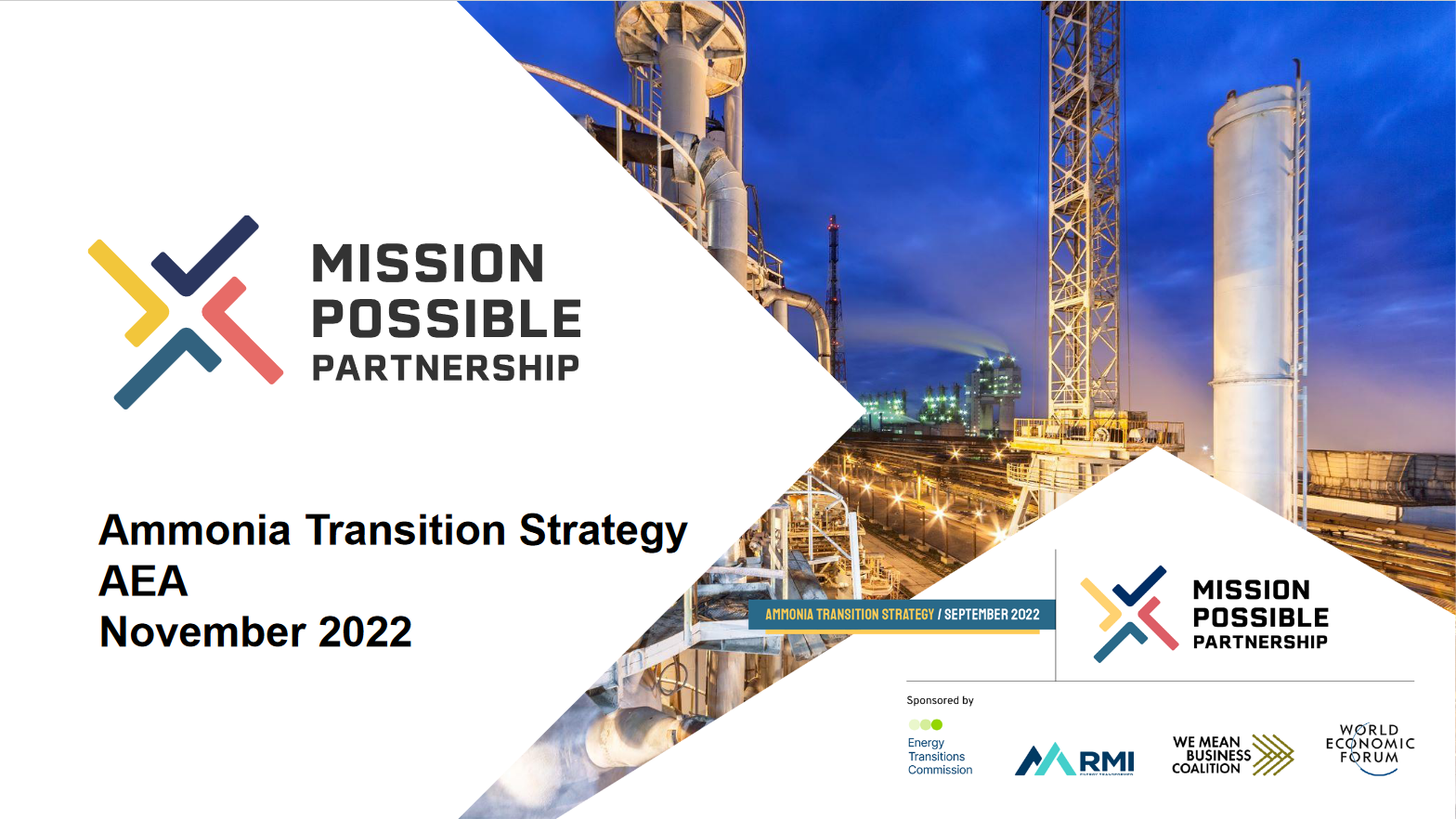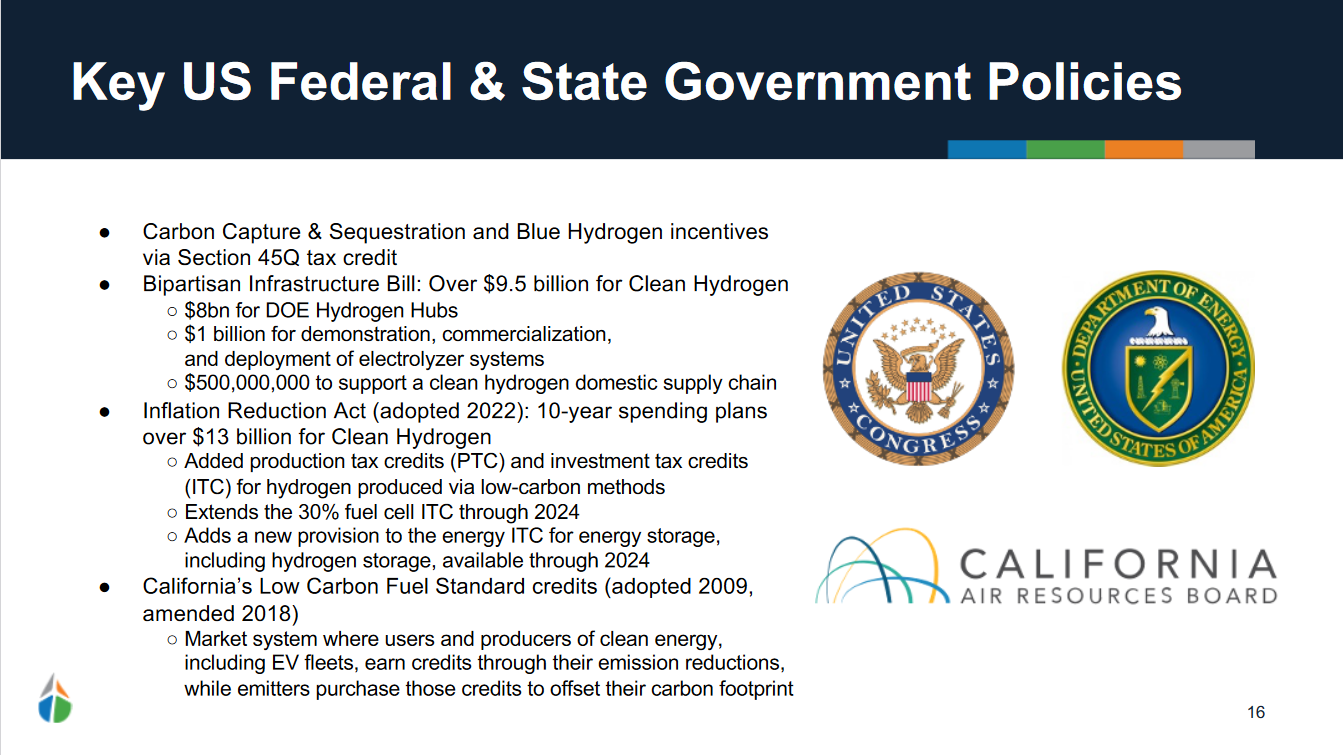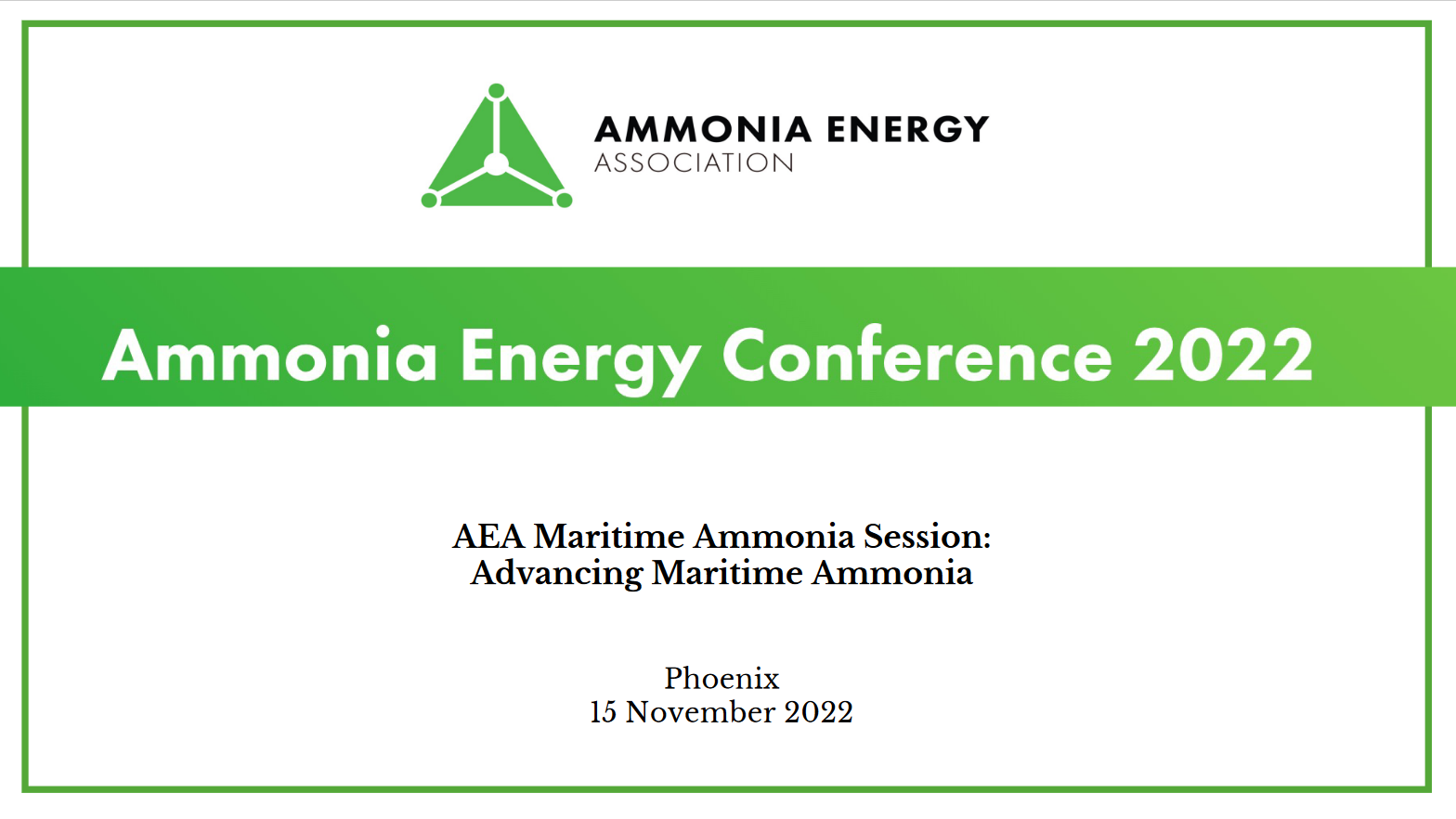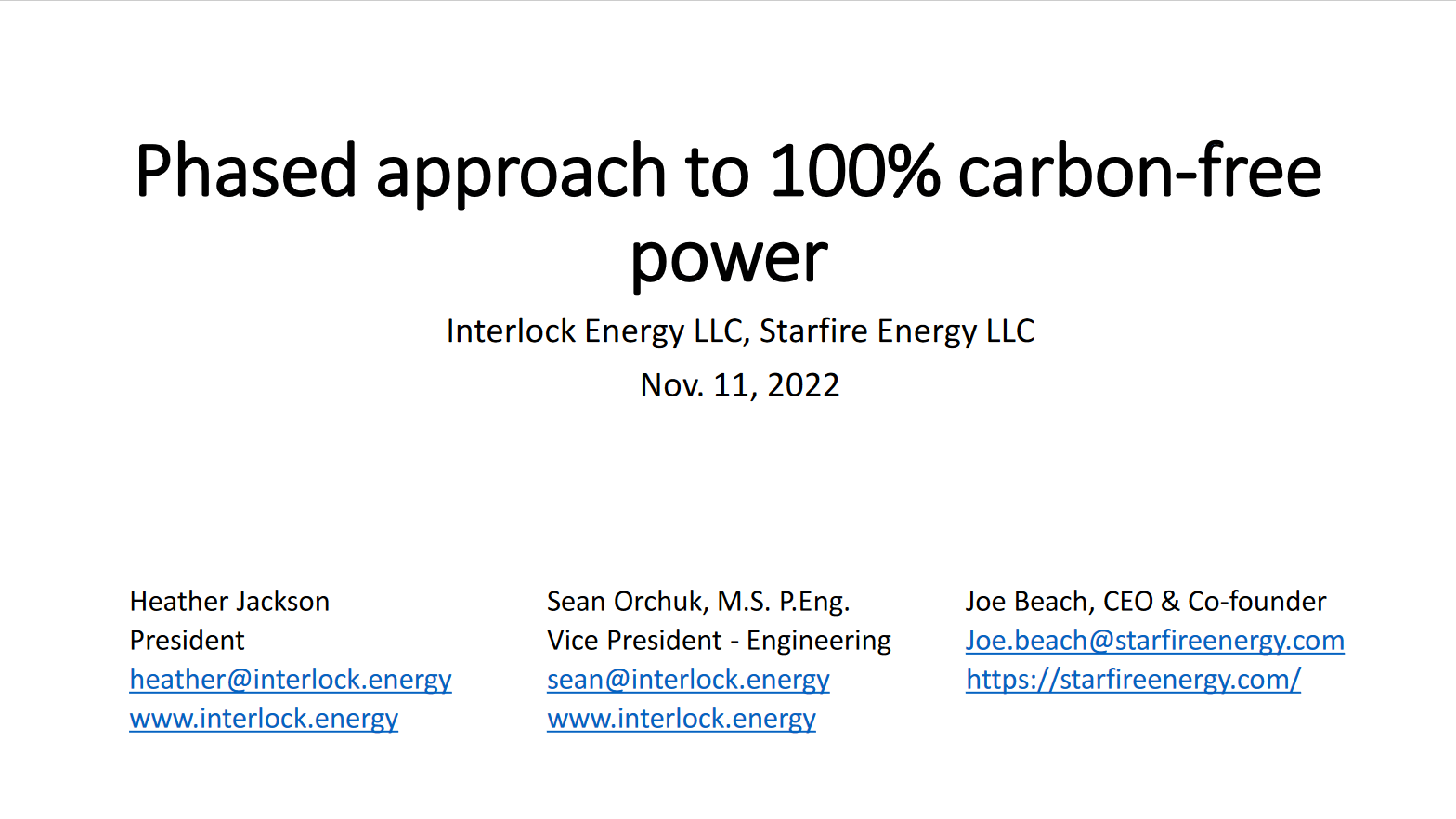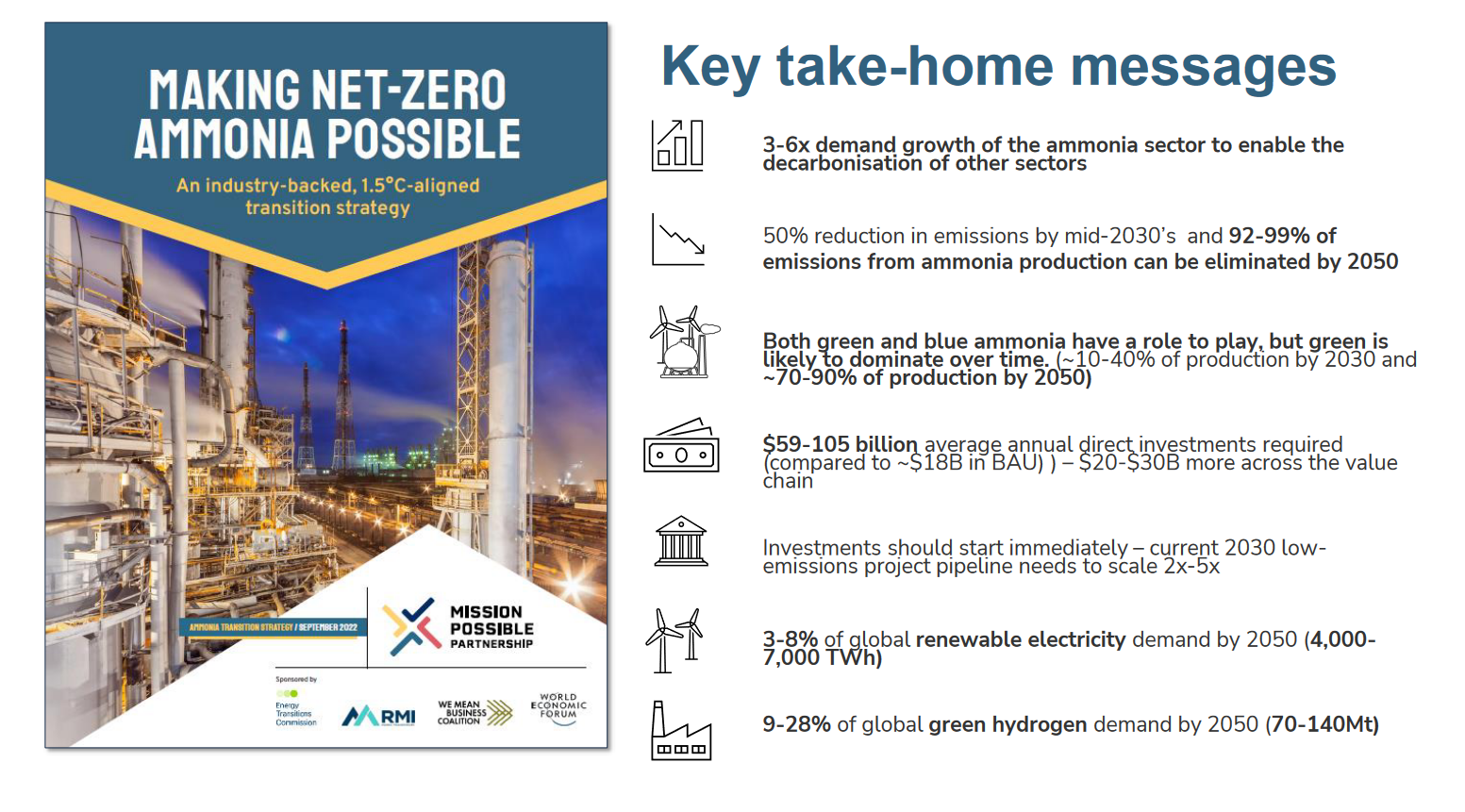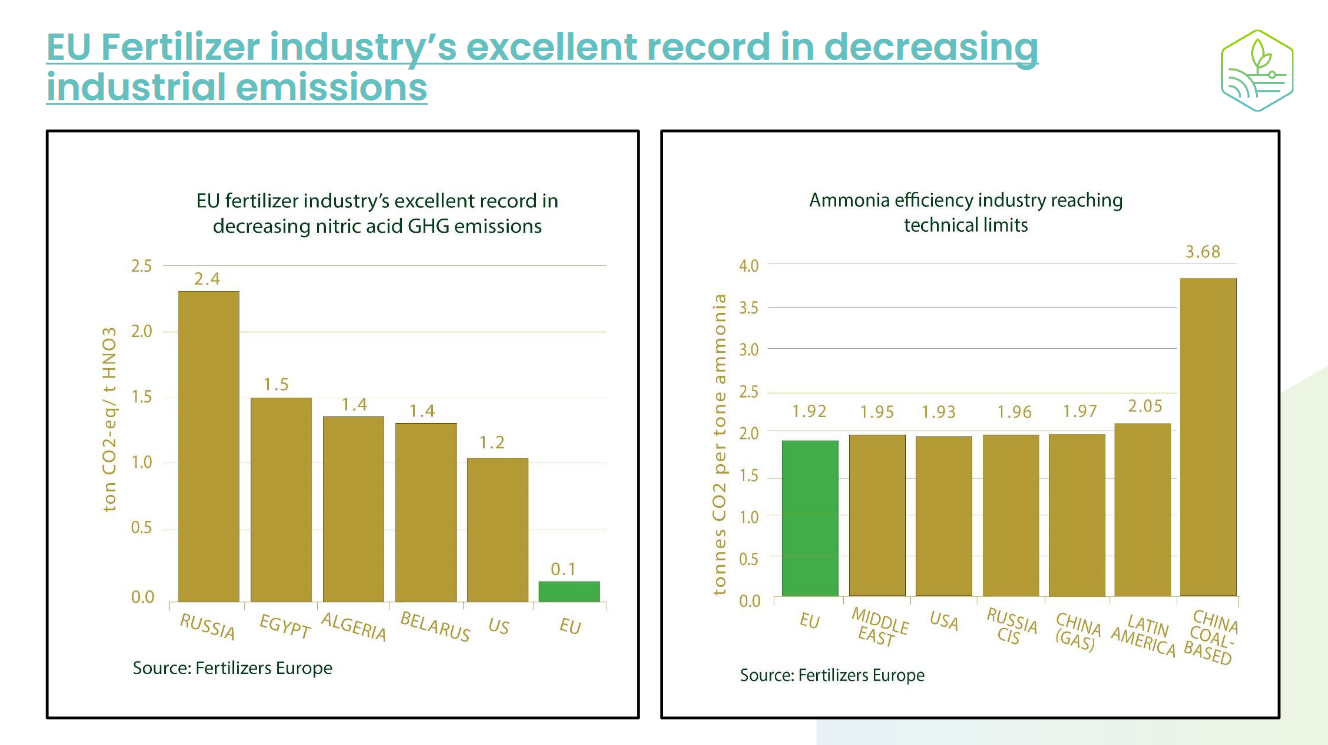Emissions
Making ammonia blue - the easy way
Economic analysis for hydrogen - ammonia decarbonization of a natural gas plant - a phased approach
Making net-zero ammonia possible: new transition strategy for the industry
Mission Possible Partnership has launched a new transition strategy for the global ammonia sector. Endorsed by a series of key ammonia energy players from across the supply chain, Making net-zero ammonia possible sets out a series of levers, mechanisms and priorities for the coming decade to ensure the ammonia sector achieves a 50% emissions reduction target by the mid 2030s, before almost fully decarbonising by 2050.
Renewable Fertilizers in Europe
In our most recent episode of Ammonia Project Features, we explored the potential for renewable fertilizers in Europe. Birgitte Holder (Yara) explained that renewable hydrogen is low-hanging fruit for decarbonizing food production, but further emissions reduction will come from working across the full value chain: including on the farm itself. Yara’s agreement with agricultural cooperative Lantmannen is part of this wider focus. From a regulatory perspective, Theo Paquet (Fertilizers Europe) showed us there are many regulatory levers to pull to achieve decarbonization goals in the fertilizer sector, and that national food & energy security concerns may accelerate regulatory change in the coming years.
